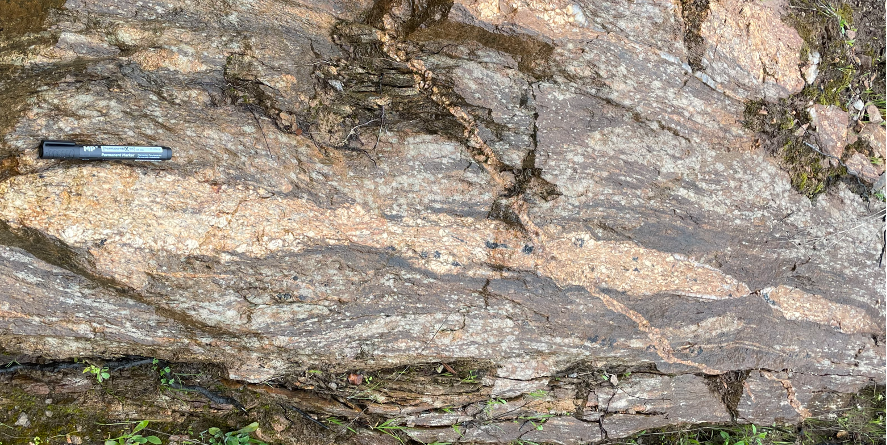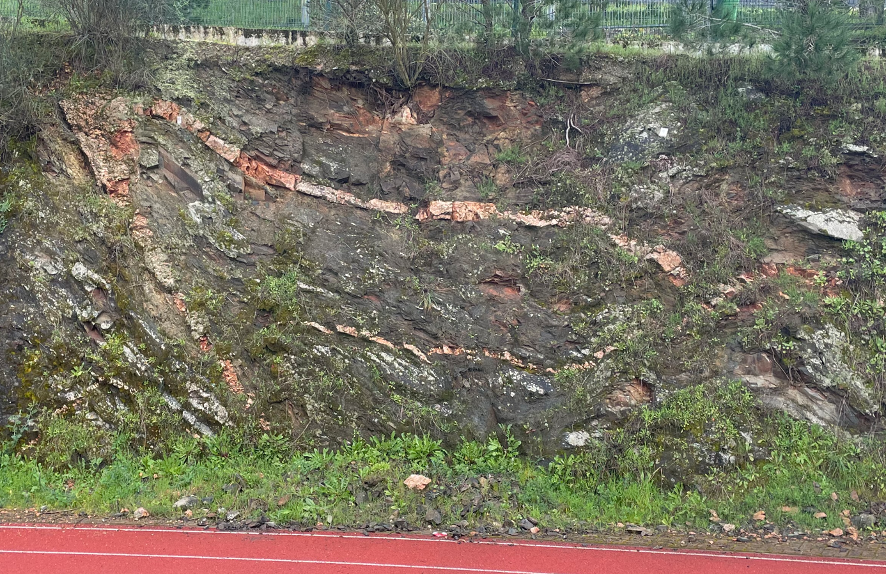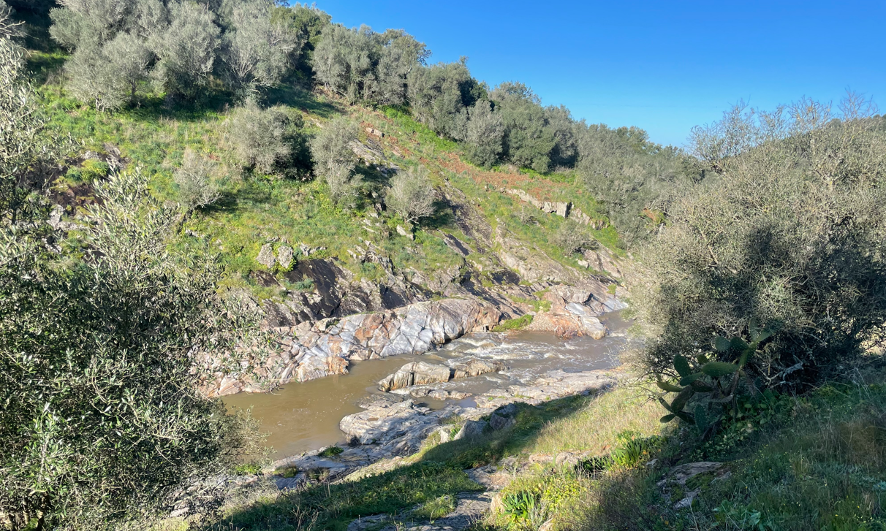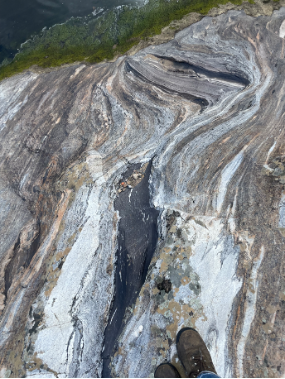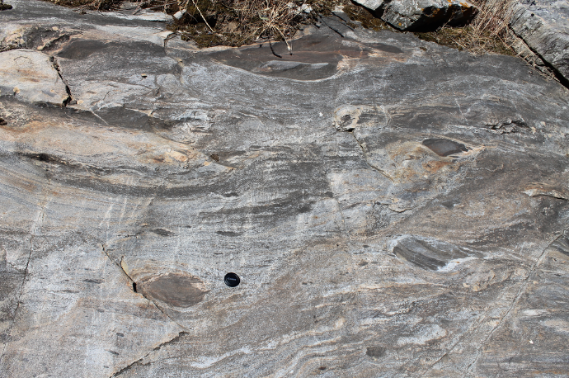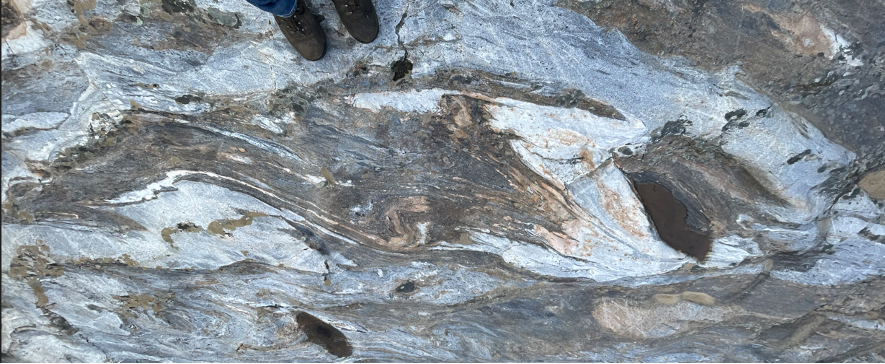Field Trip #1 – Ossa-Morena Zone
Superposition of ductile fabrics during a regional switch from extensional to contractional deformation.
In the Iberian Variscan Belt, polyphasic deformation comprises an early stage of crustal thickening (D1-M1), an intermediate stage of lithosphere thinning and formation of gneiss domes (D2-M2), and a later stage of shortening and uplift (D3-M3). The Évora gneiss dome (Ossa-Morena Zone) provides a remarkable insight into the early Carboniferous deep crustal structure of the Variscan orogen. The Évora gneiss dome shares tectono-metamorphic features and shows many similarities with the architectural model organized on the general concepts of ‘infrastructure’ and ‘suprastructure’ that were first applied to the Late Paleozoic gneiss domes of the Pyrenees. We will visit distinct tectono-metamorphic units of the Évora gneiss dome separated by gently dipping extensional shear zones (D2) and related to Buchan-type metamorphism (M2): the Upper Slate Unit (‘superstructure’) and the Intermediate Schist, Lower Gneiss, and Gneiss-Migmatitic units (‘infrastructure’). The Évora gneiss dome probably formed because of the combined effect of synorogenic lithospheric thinning and collapse of the previously thickened crust related to buoyancy-driven gravitational instability developed in the partially molten continental crust. This process was likely influenced by heat transfer from rising mantle-derived magmas (i.e., dioritic-gabbroic). Later, following a regional switch from extensional to contractional deformation, D2-M2 structures experienced shortening (D3) and were transposed by gently plunging folding, by thrusting, and the development of strike-slip faults, leading to regional uplift and metamorphic retrogression (M3).
This field trip will examine outcrops of the Évora gneiss dome along a NW to SE transect from the Maranhão Dam (Avis) to the Almansor River (Montemor-o-Novo). We will see field evidence for the superposition of ductile structures associated with synorogenic lithosphere thinning. The oldest pervasive foliation associated with developing the D2 Évora gneiss dome, which shows intrafolial folds, was formed under low- to high-grade metamorphic conditions, reaching partial melting at low pressure. The most recent foliation is related to D3 shortening that formed steeply dipping axial plane folds and discrete strike-slip shear zones. This contractional deformation, which took place under low-grade metamorphic conditions, is responsible for folding the earlier foliation, which was originally gently dipping.





